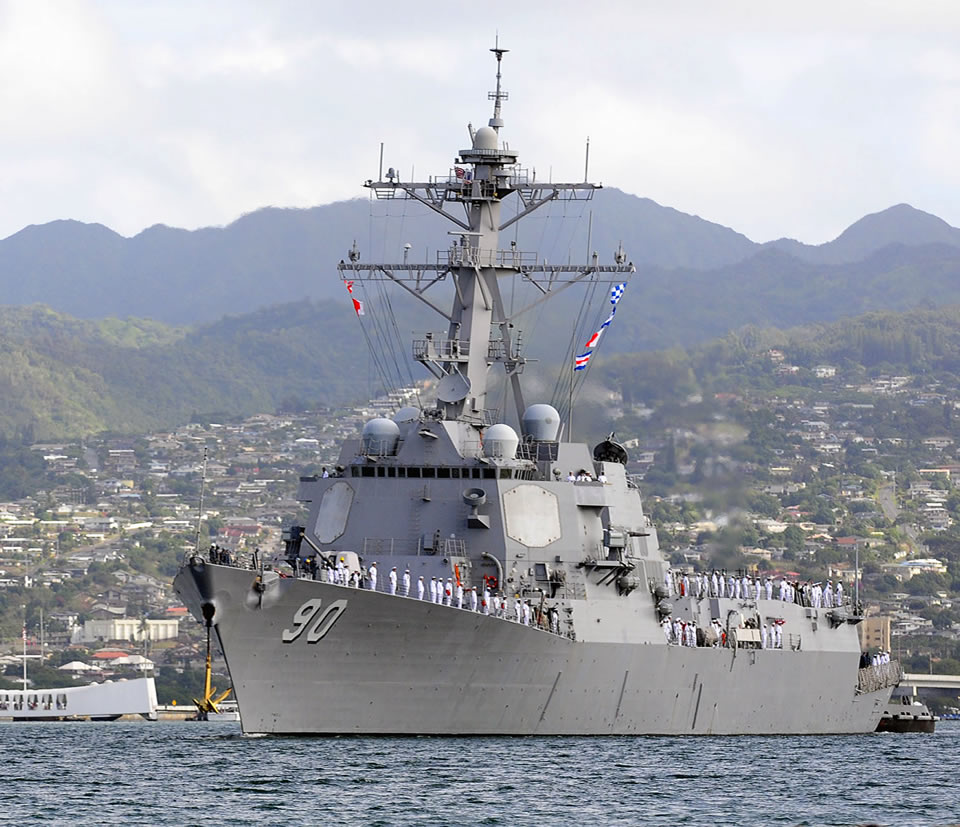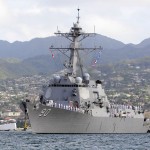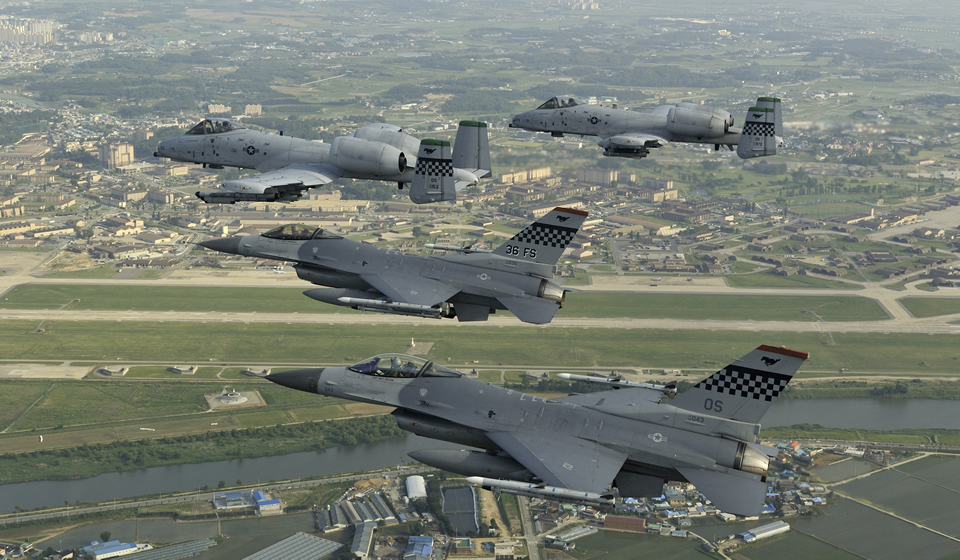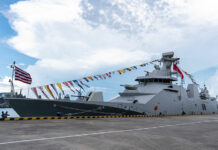

For many years the United States has enjoyed a comfortable position of economic strength and superior military competency throughout the Asia-Pacific region. Since the end of World War Two, no nation in the vast Pacific has posed a realistic challenge to the power projection capability of the American military forces or the monopoly of American economic influence.
If the history of human experience has taught us anything, it is that nothing remains the same. With change comes challenges and the challenges facing all the players in the Asia-Pacific region are complicated, sensitive, and immediate.
Europe has become a drain on the limited resources of its allies and trading partners. The United States can no longer afford to continue manning expensive military outposts in a Europe that is militarily stabilized when more pressing threats and more lucrative opportunities are screaming for attention. Considering the economic opportunities awaiting the United States in the Asia-Pacific region and the region’s political dynamics, President Obama has demonstrated an astute understanding that the United States must expand its presence to reaffirm America’s position as the most influential power in the area.
The economic morass the Europeans find themselves in today is just one of many compelling reasons for the United States to be looking elsewhere for markets and economic alliances that will feed the voracious appetite of the American economy. The Asia-Pacific nations have much more to offer than the quagmire of capitalistic failure now crippling Europe.
While China and the United States are mutually dependent on each other for continued economic growth, both nations have a multitude of reasons for adopting a policy of military expansion in the Pacific. The task at hand is to field a viable force structured to overcome the challenges that presently exist and to surmount the threats that are likely to appear in the near future.

China has embarked on a strategy aimed at securing a dominant and respected presence in the Asia-Pacific region while also achieving recognition as a leading power in international relations. China’s military build-up can be divided into two distinct parts. The first and most immediate focus is on the rapid development of weapon systems that exploit the greatest vulnerabilities of American and Allied forces now deployed in the Pacific – anti-ship ballistic missiles, cruise missiles, submarines, and stealth aircraft. The second phase is occupied with the gradual development of more ambitious weapon systems better suited to power projection worldwide – aircraft carriers, surface warfare ships, and long-range attack submarines.
In the Asia-Pacific region, Chinese military capability is improving at an intense rate and will soon reach a high degree of defensive and offensive potential. This inevitability places considerable stress on the American forces now stationed in the Pacific and all of America’s allies.
Deployed as they are now, United States forces are vulnerable to the enhanced generation of Chinese anti-ship and cruise missiles. American and Allied anti-missile defenses in the Pacific are not in a state of readiness likely to successfully counter the Chinese missile threat and are in immediate need of upgrade and reinforcement. American and Allied air and naval forces in the Pacific are also not adequately equipped to counter Chinese capabilities.
The Obama administration, recognizing the existing shortcomings in the present alignment of friendly forces in the Pacific, is laying the foundation for improving and reinforcing the military capability of US forces currently in the Pacific. Given the current budget crisis in the United States, a Pacific expansion and restructuring will have to be achieved within a restrictive plan of critical prioritization. The American and Australian agreement to establish a permanent US Marine installation in Australia is a sound beginning, but only a beginning.
American allies in the Pacific also are in need of military upgrades. For quite some years past, the United States has maintained a steady schedule of warfighting training exercises with Japan, the Philippines, Australia, Thailand, and other nations as a means of standardizing threat response and tactical familiarization. In recent months, the intensity of these exercises has escalated.

Japan, the Philippines, Taiwan, Australia, and other Pacific allies are actively seeking replacements for their aging air and naval assets and are anxious to strengthen their military ties with the US out of concern for the Chinese military expansion and increasingly aggressive behavior especially in the South China Sea. China naturally opposes the sale of F-16’s to Taiwan, the renewal of a stronger American/Australian military alliance, Japanese acquisition of American F-35’s, and all proposals to enhance South Korea’s military capability.
In time, the availability of money may become a critical consideration overshadowing any proposed expansion of American military capability in the Pacific. America’s Pacific allies are also experiencing economic distress and are in desperate need of American assistance and cooperation. Finding a viable solution to the Asia-Pacific situation, given the apprehension and uncertainty created by recent Chinese actions, will require an unprecedented level of sound judgment and commitment from the American administration.
The United States and her allies in the Asia-Pacific region are in need of an immediate response to the military challenge posed by China while continuing to maintain friendly relations with the Chinese on the economic front – a double-edged task that will require firm leadership, diplomacy, thoughtful strategy, perseverance, and considerable amounts of money. The manner in which all of this is accomplished may determine the real players on the future world stage.
About the author: Richard D. Dudley
U.S. Marine Corps Maj. (Ret) Richard D. Dudley has been serving with the Marine Corps in active duty for 26 years, rising from Private (E1) to retire as a Major (O4) with experience in numerous shipboard and shore-based deployments. During his service Maj. Dudley has specialized in logistics and support. For the past 15 years he is living in Japan serving as an independent sales consultant/local area manager with the Marine Corps Air Station in Japan.
















